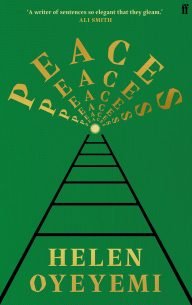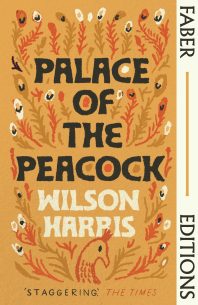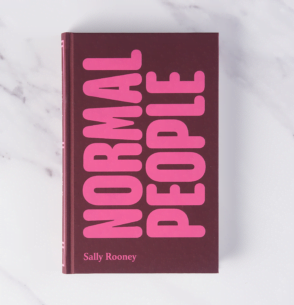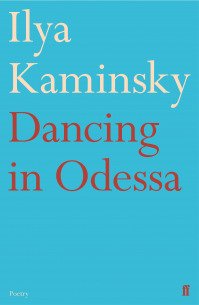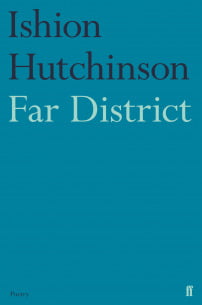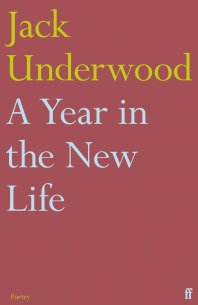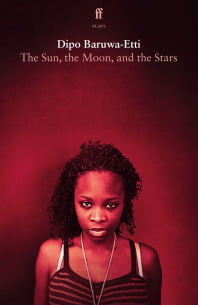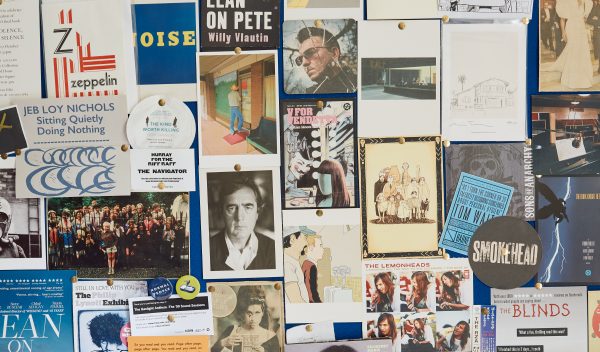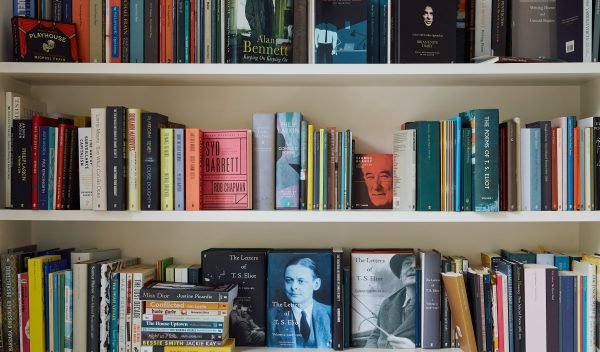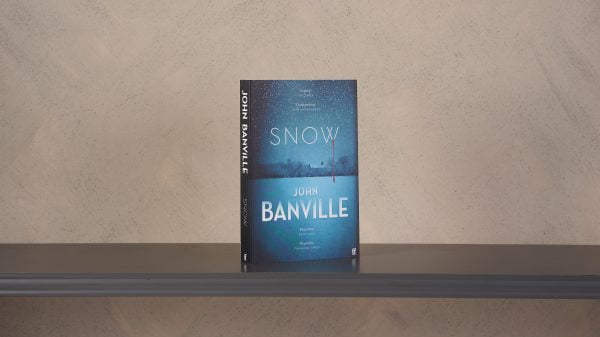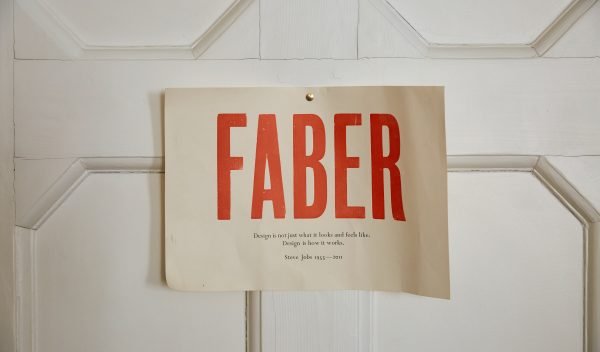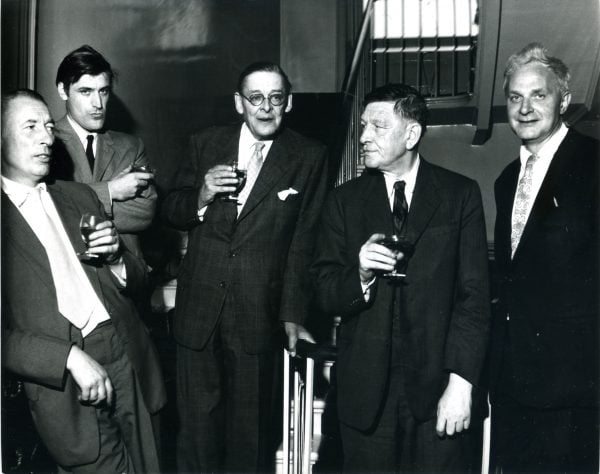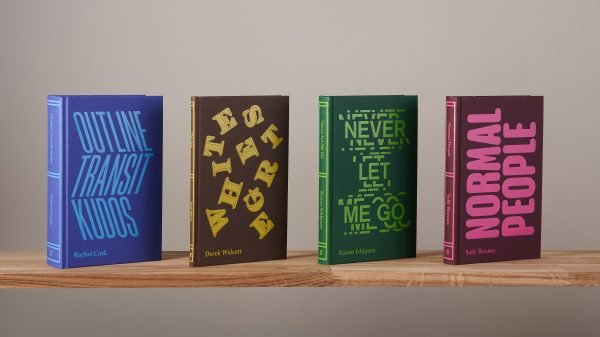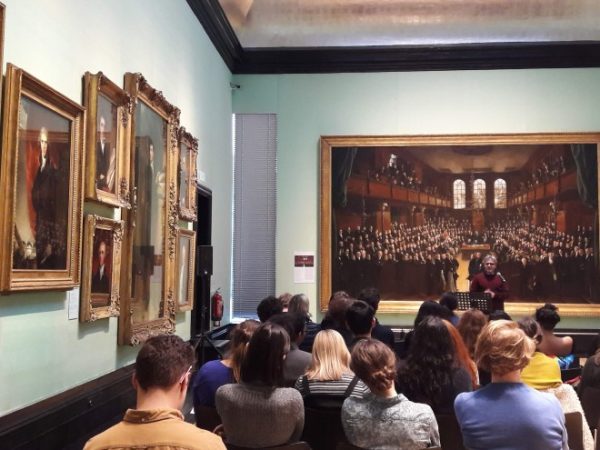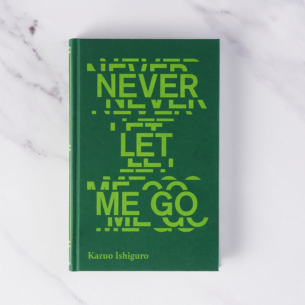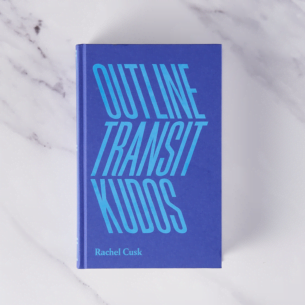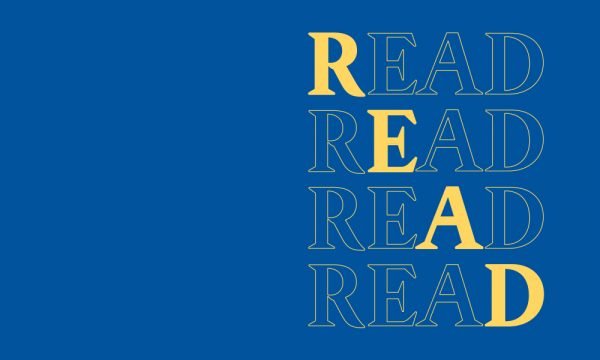


On The Letters of Sylvia Plath by Peter K. Steinberg
To mark the publication of this previously unseen curation of Sylvia Plath’s Letters, leading Plath scholar Peter K. Steinberg reflects on the process of bringing Plath to life through her correspondence.
 We have ‘come asking for [her] letters’
We have ‘come asking for [her] letters’
When Karen V. Kukil asked me to be the lead transcriber on a book of Sylvia Plath’s letters for Faber & Faber, there was only one answer to give: yes. In addition to visiting archives in person, I set about acquiring copies of the letters in any format I could: photocopy, PDF, JPEG, TIFF. Sylvia Plath was right: we have ‘come asking for [her] letters’ (1278). As a result of my contributions, I was later elevated to a co-editor.
The project seemed insurmountable at times as the number of letters grew and grew, from 8- or 900 up to the total we submitted in manuscript: 1,399. I created a spreadsheet to track everything as it seemed some manner of control was needed to keep everything identified and organised. Undated letters were always a challenge, and I find even now, as I am at work on polishing off Volume II, that some dates are being shifted. This is because newer bits of information seem always to be coming to light.
The process of editing was one of constancy, and privilege. To be entrusted by Karen, by Faber, and even by Frieda Hughes, with the responsibility of working so closely with the letters is something I took seriously. This was especially the case when, in early December 2015, a packet of photocopies of letters arrived from Frieda herself containing the sixteen letters to Ted Hughes (printed in Volume I) and additional letters from Plath to her in-laws (to be printed in Volume II). I still feel quite strangely nervous thinking that I may have been among the very few non-Hughes family members to see these letters. Before now. Frieda’s generosity in sharing these letters with the world is something for which I know all readers of these volumes will be appreciative.

‘Many Sylvia Plaths’: referencing a life
There are 838 letters in The Letters of Sylvia Plath, Volume I: 1940–1956. Most of the work was Plath’s own as they are her words and it is her fascinating life and experiences that she relates to her dozens of correspondents.
Where I felt I had the opportunity to truly contribute to the project was in the contextual notes. The notes were modelled from those Karen wrote for The Journals of Sylvia Plath, 1950–1962 (Faber, 2000).
As a reader and researcher of Plath for more than twenty years, I approached each letter inquisitively, believing that if Plath mentioned something – a book, a quote, a play or a movie, a magazine article, a person, or whatever else – that it was my duty to find it. Oftentimes, the answers were located amidst Plath’s other papers: her diaries, poems, stories, scrapbooks, and personal pocket calendars. Other times it required visits to libraries, email queries, and even microfilm.
I admit there were some failures, such as being unable to fully identify everyone Plath mentioned or positively determine an edition of a book she read. Be that as it may, there are more than 3200 footnotes between the two volumes that I hope serve as supplementary biographical, cultural, and bibliographical information.

The Letters of Sylvia Plath is a book many of her readers have said is overdue. The anticipation for it that I see in social media is refreshing. Starting with the Journals in 2000 and followed by Ariel: The Restored Edition in 2004, the Letters continues a restitution of Plath’s own, unedited words.
There are many Sylvia Plaths in her letters, which is why we state in our introduction:
Sylvia Plath was many things to many people: daughter, niece, sister, student, journalist, poet, friend, artist, girlfriend, wife, novelist, peer, and mother; but perhaps the most overlooked feature of her life was that she was human, and therefore
fallible. She misspelled words, punctuated incorrectly, lied, misquoted texts, exaggerated, was sarcastic, and sometimes brutally honest. All, and more, are aspects of the Letters of Sylvia Plath. (xxiii)

The living, breathing poet: Plath persists
Sylvia Plath was human. She was very real to the people that knew her, but what these letters do – largely, perhaps, because I worked so closely with them – is allow me for the first time to really think of Plath as living. They tell a story of her life as it was happening. I constantly remember something Anne Stevenson said in Janet Malcolm’s The Silent Woman (1994) on working with Plath’s letters:
These letters, these breathing pieces of paper brought [her] to life for me as the memoirs of the witnesses I had talked to had not . . . Perhaps I was responding to the unselfconsciousness of the evidence, none of it trimmed for publication to biographers, all of it conveying the contingent, as-yet-unfictionalized, still happening present. (p.77)
Working with her papers, with photographs of her, and even with her clothing and audio recordings – where the sounds of her breathing and shuffling papers are discernable – allows Plath to persist.

The Letters of Sylvia Plath is a culmination of years of work not just by Karen and me, but by the librarians, archivists, and private people who are the custodians of the original documents, and as you can see, the many people listed in the book’s Acknowledgements. I believe that scholarship is fundamentally a communal enterprise. While I have often felt like I was hoarding the information, with the publication of Volume I, I feel a huge sense of happiness and relief that others will have the opportunity to read what I have read so many times now.

Letters of Sylvia Plath Volume I (ed. by Peter K. Steinberg and Karen V. Kukil) is available to buy now.
Peter K. Steinberg is the co-editor of Plath’s Letters. He is the author of Sylvia Plath (Chelsea House, 2004), the ‘Introduction’ to the 2010 British Library CD The Spoken Word: Sylvia Plath, and several articles on Plath which have appeared in Fine Books & Collections, Notes & Queries, and Plath Profiles. He lives in the United States.
